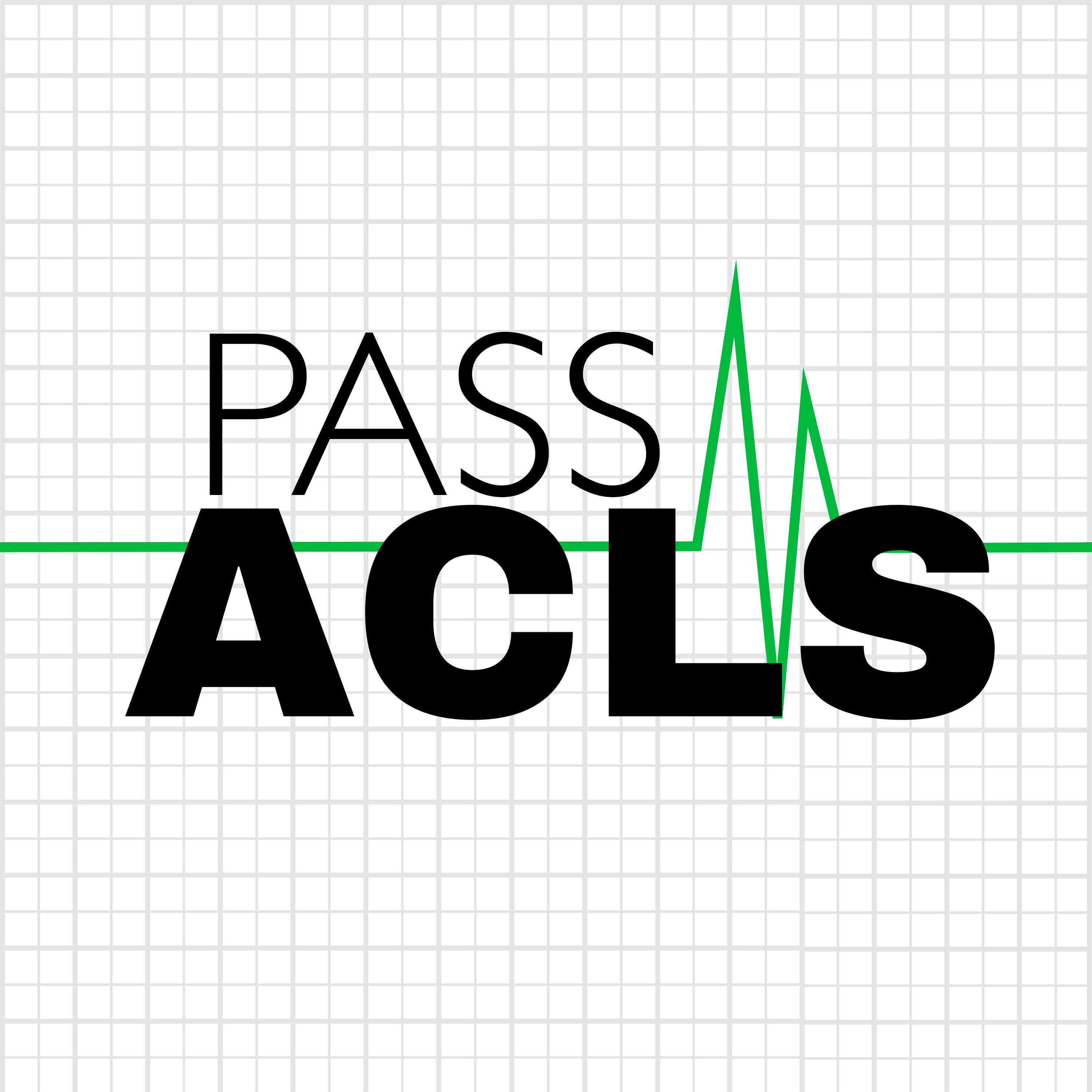When To Use Which ACLS Algorithm
Description
The ACLS algorithms are designed to make it easier to remember the key interventions we should deliver, and the order in which they should be delivered, to provide the best evidence-based care possible.
Generally speaking, if there’s a change in a patient’s condition, we should ensure we’re using the correct algorithm.
Three key points to remember when using ACLS algorithms:
If a patient’s condition changes, we should do an assessment and use the algorithm that matches the patient’s current state.If an action was already done, we don’t need to repeat it.We only do actions that are clinically appropriate and within our scope of practice.
Walk through of an example mega code scenario with explanations of when and why we change to a different ACLS algorithm.
Connect with me:
Website: https://passacls.com
@PassACLS on X (formally known as Twitter)
@Pass-ACLS-Podcast on LinkedIn
Give back - buy Paul a bubble tea here
Good luck with your ACLS class!
More Episodes
The tongue is the most common airway obstruction in an unconscious patient.
Insertion an oropharyngeal airway helps keep the patient’s tongue from falling to the back of the pharynx, causing an airway obstruction.
The oropharyngeal airway is sometimes called an OPA or simply an oral airway....
Published 05/22/24
Published 05/22/24
Hypoxia is a state of low oxygen levels in the blood.
Determining hypoxia using a pulse oximeter or arterial blood gasses (ABGs).
A goal of ACLS is to recognize signs of hypoxia and provide timely treatment to prevent an arrest.
Examples of some things that might lead us to think of hypoxia...
Published 05/21/24


